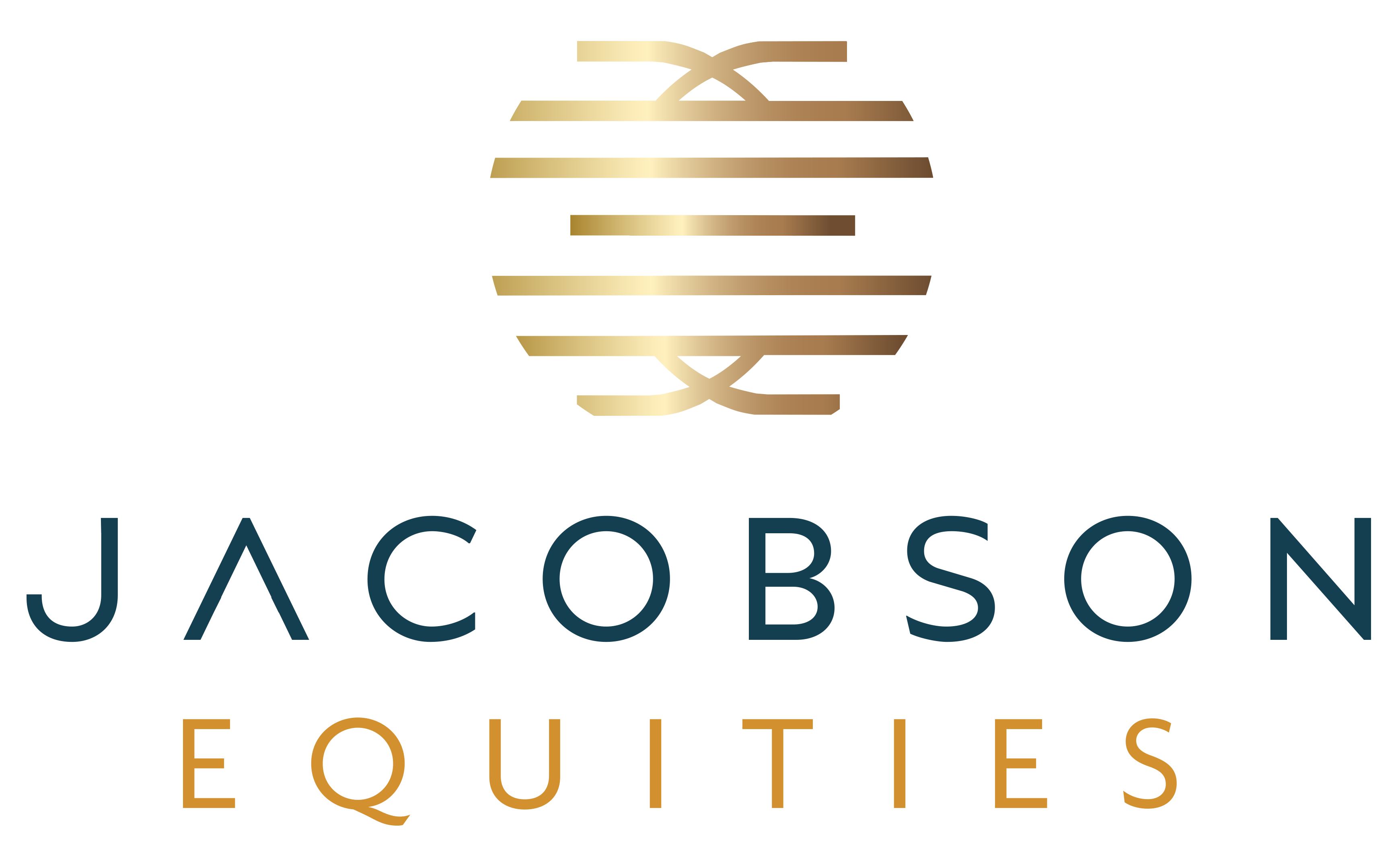Investors, Banking on Continued Rent Growth, Pay Record High Prices for Apartment Buildings
The early days of the COVID-19 pandemic caused widespread uncertainty among multifamily investors and lenders—but for most apartment owners, the bad news didn’t last long.
After a brief pause, investment activity skyrocketed. Pent-up capital from investors who had been sitting on the sidelines suddenly flooded the market. In Q2 of 2021, more than $53 billion was spent on multifamily real estate, according to data from Real Capital Analytics. No other second quarter on record has ever had such phenomenal multifamily velocity.
Indeed, investors are taking advantage of the low-cost debt that remains at historical lows. Multifamily lenders are competing for a piece of the top transactions, which helps to keep rates and terms so favorable to borrowers. With such affordable debt, acquisitions still pencil out even at higher prices.
It’s no surprise, then, that prices continue to climb.
The foreclosure crisis that many feared in the wake of COVID-19 has not occurred, nor does it look like it will occur. Thanks, in large part, to the federal government’s rental assistance and stimulus programs created this past year, few landlords have found themselves in default. Rent collections may have slowed temporarily, but the largest landlords managed to weather the storm just fine. The “bargain” prices that some thought could be had in the pandemic’s aftermath simply don’t exist.
If anything, the opposite is true.
Despite the lingering effects of the pandemic, apartment rents have soared. Nationally, year-over-year asking rents rose 10.3 percent in August, the first double-digit increase recorded in more than two decades. In some of the nation’s hottest cities (e.g., Phoenix, Las Vegas, Tampa and Boise), annual rents leaped more than 20 percent during that same time.
There are many contributing factors that have led to higher rents. For one, many young adults who moved home during the beginning of the pandemic are now ready to rent their own apartments, causing an uptick in demand. Moreover, a national shortage of affordable, single family housing has caused forced many renters to continue doing so while they remain priced out of ownership opportunities. Finally, a dearth of new multifamily construction has meant that renters are now competing for fewer available properties.
This confluence of factors is not expected to change any time soon. Multifamily investors are keenly aware of these realities.
Conclusion
The multifamily feeding frenzy is expected to continue in the months and years to come. It is an asset class with widespread appeal, particularly among those looking to diversify their portfolios away from more volatile market-driven securities. However, as competition for assets climbs, so will prices.
Returns tend to have an inverse relationship to price, and therefore, the unfortunate reality is that as prices climb, returns will come down accordingly. This should not deter investors however. Instead, focus on quality assets in strong locations with judicious leverage and an experienced sponsor. That’s a recipe for continued investment success.


